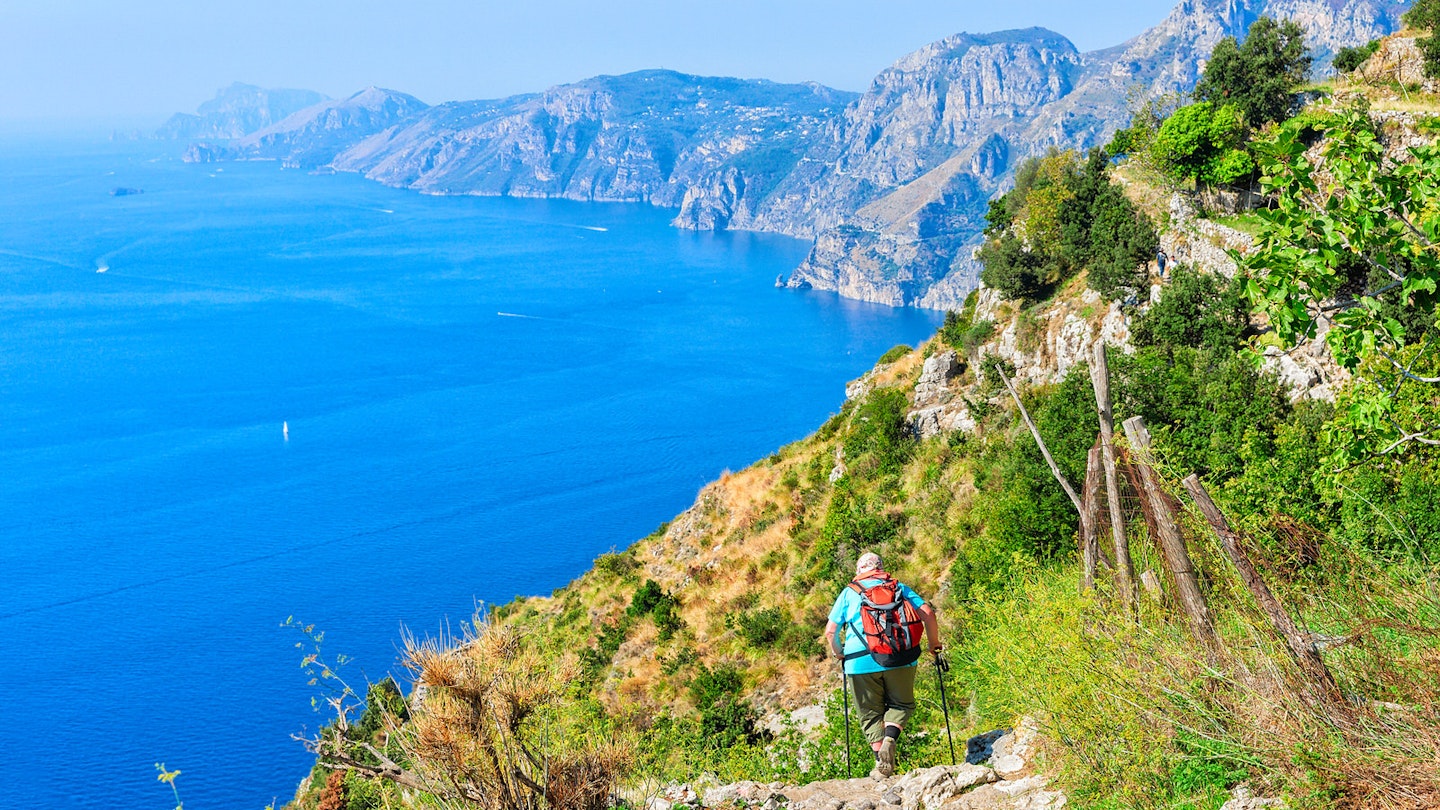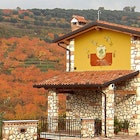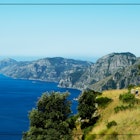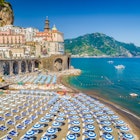When it comes to easy accessibility, drop-dead gorgeous scenery and sheer number of trail options, there is no better place to go hiking in Italy than the Amalfi Coast.
The precipitously beautiful coastline is handsomely endowed with footpaths, many dating back to medieval times when they served as the primary means of getting from village to village. These days local farmers still use the paths to access their terraced lemon groves, but the bulk of foot traffic is recreational walkers.
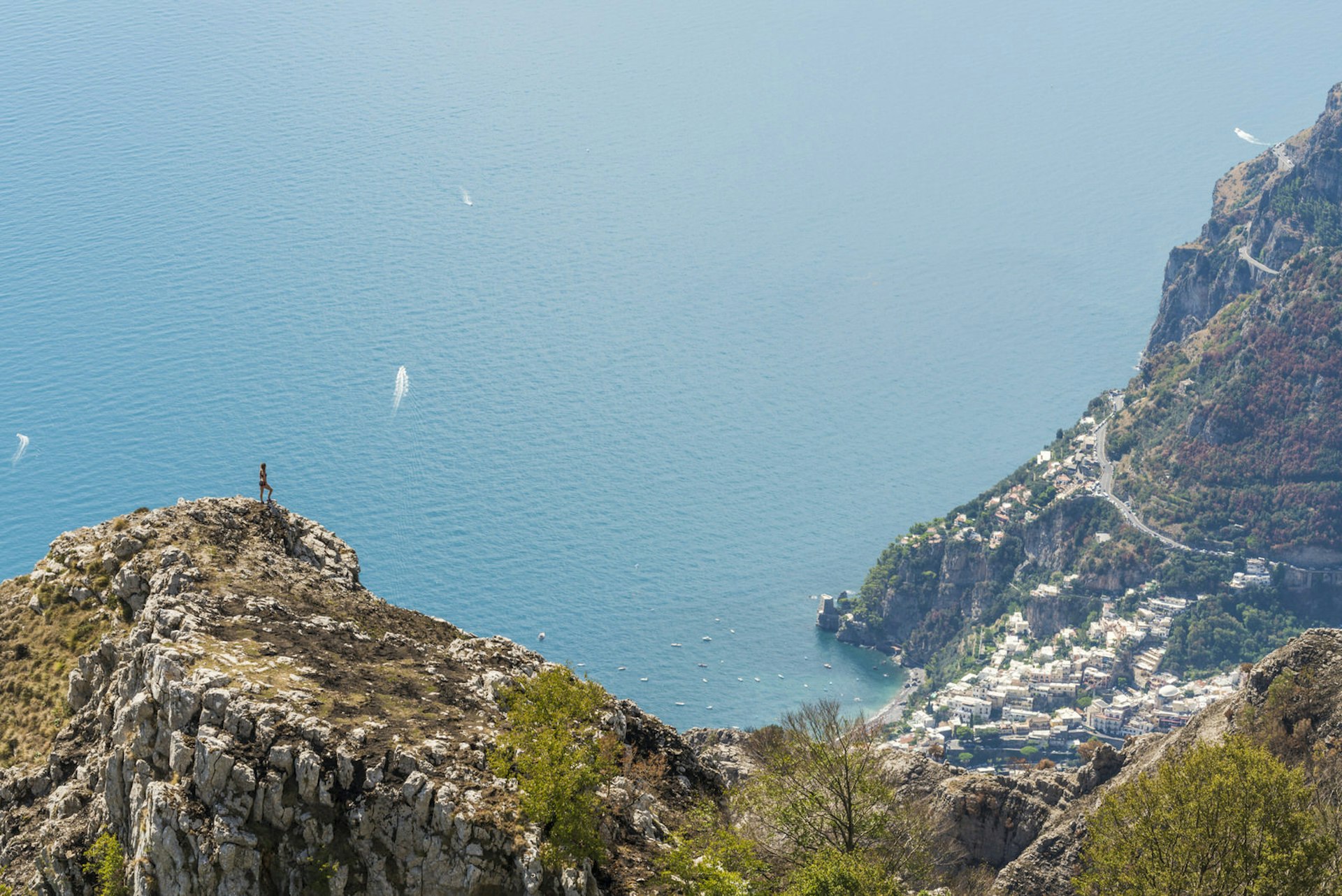
Italy’s main hiking body, the CAI (Club Alpino Italiano) maintains a list of 124 numbered trails in the region which, if laid end-to-end, would stretch for 530km. Most start in or near small towns or villages and the bulk are clearly marked with red and white paint.
The only real drawback is the ascents. With steep-sided mountains that plunge directly into the Mediterranean, the Amalfi Coast is not renowned for its flatness. You'll have to get used to ascending (and descending) a thigh-pulverising number of steps, some of them as old as the paths themselves.
Here are five of the best trails to get you started.
Heavenly views on the Sentiero degli Dei
Carved out by Greek settlers as early as the 8th century BC, the mythical Sentiero degli Dei (Path of the Gods) is by far the best-known walk on the Amalfi Coast. The name is no misnomer. Making a spectacular traverse high above the Mediterranean with heavenly views over terraced fields and hazy mountains, the scenery is a typical Amalfi pastiche of dramatic natural landscapes modified by generations of human settlers.
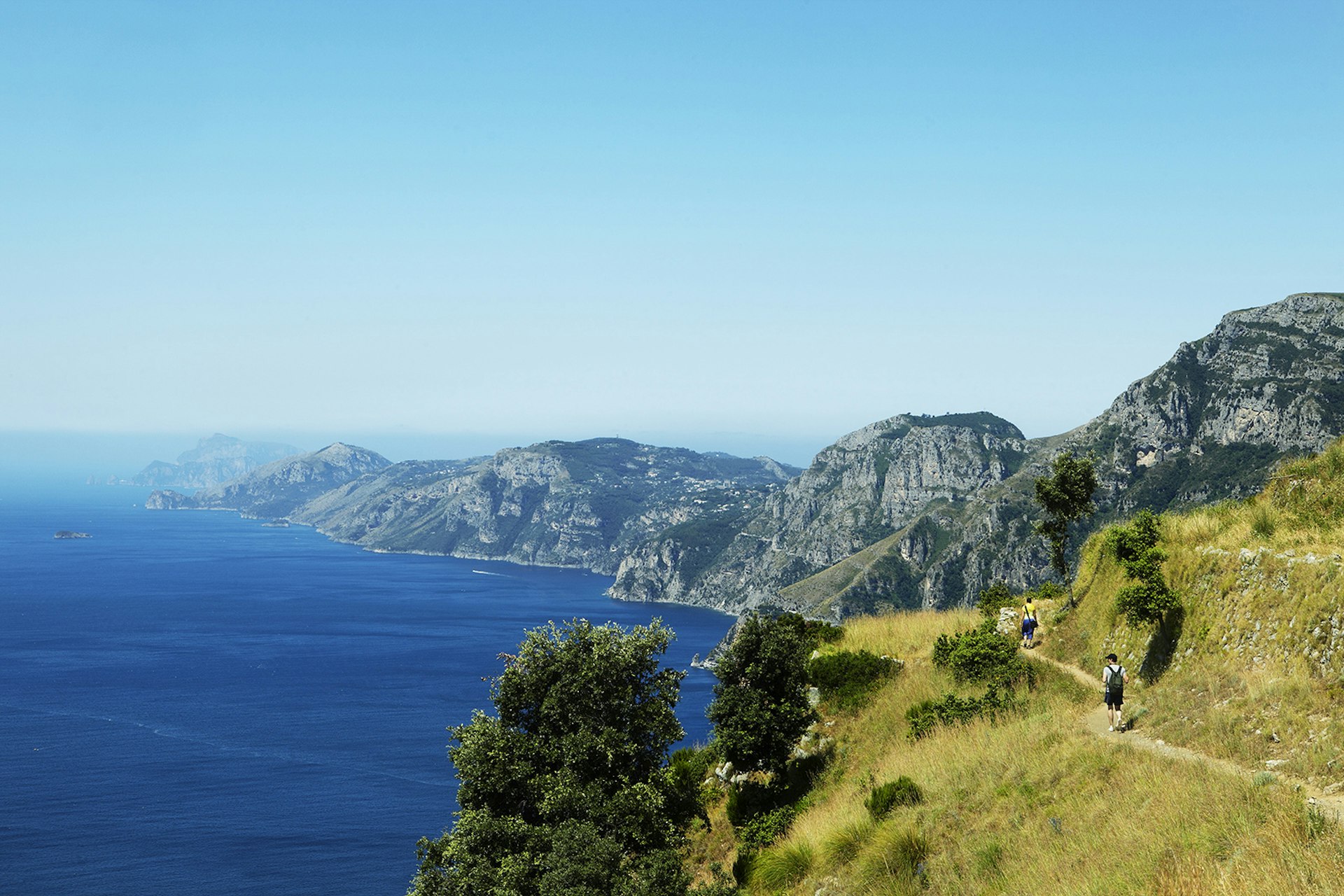
The Sentiero degli Dei is different from other Amalfi trails in that it doesn’t involve inordinate amounts of step-climbing. Despite its location high above the curving coast road, the course of the trail is relatively flat if you stick to the traditional route, which winds for 7km between the villages of Bomerano and Nocelle with only a few minor undulations.
The starting point in Bomerano is easily accessed by taking one of the regular buses from the town of Amalfi. From the village square, the walk quickly enters a world of ancient crop terraces and red-roofed farm buildings before ascending into wilder, rockier terrain where the path becomes narrower and, at times, mildly exposed. Nearer the finish, as you meander down towards Nocelle, you’ll enter shady woods characterised by oak and chestnut trees. Although the official route ends in Nocelle, many hikers elect to carry on down 1500 steps to the posh beachside resort of Positano for a beachside Negroni or a swim in the sea.
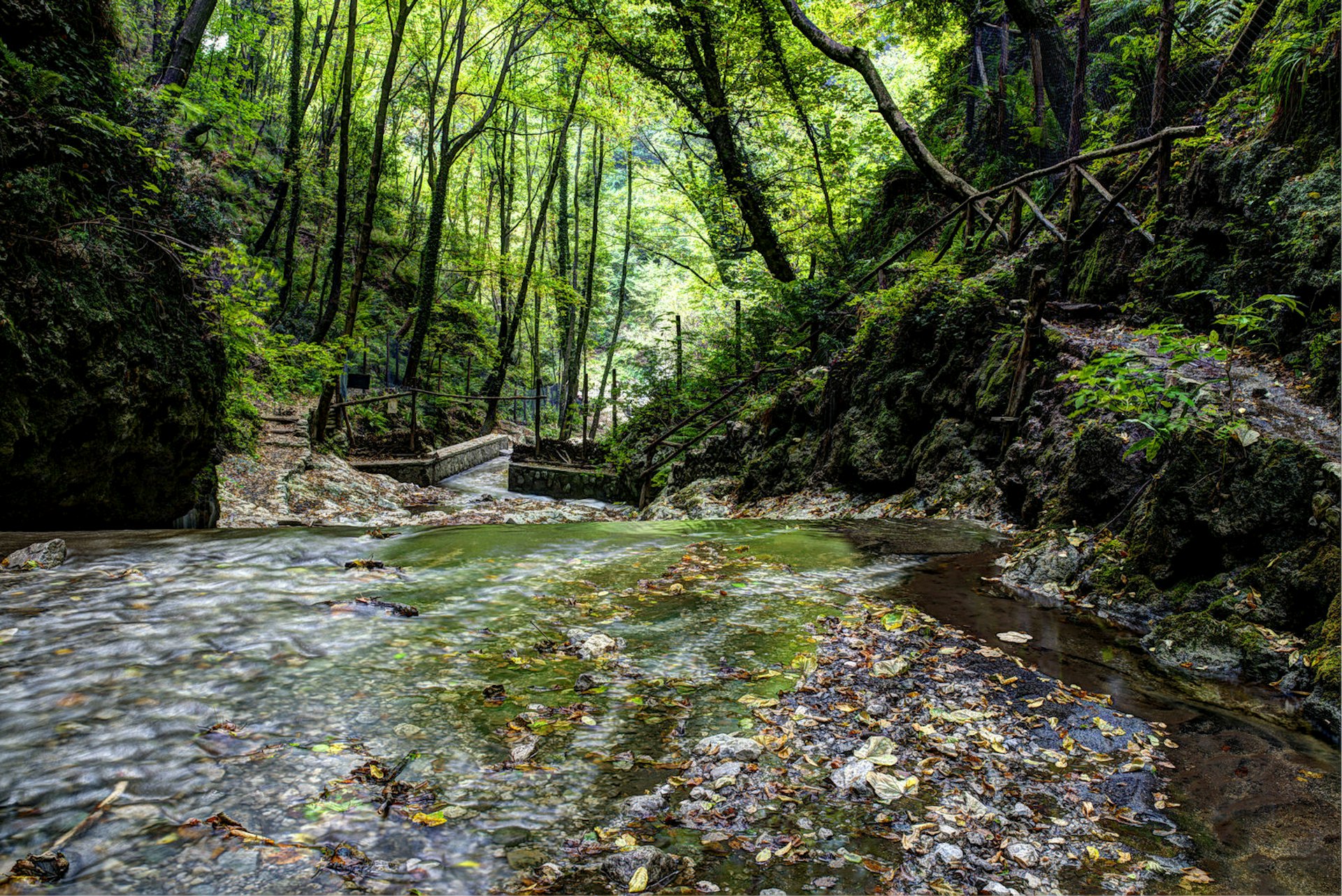
Waterfalls and ferns in the Valle delle Ferriere
Often overshadowed by the Sentiero degli Dei, the damper, greener, more secluded Valle delle Ferriere inhabits a flora-rich valley north of Amalfi town that is still filled with the ghosts of a once vibrant milling industry. Known for its waterfalls and wild orchids, the valley is now a nature reserve, but it once hosted an ironworks (ferriera) and several lucrative paper factories (cartiere) powered by water. These days, the factories are mossy ruins, but the valley remains popular with walkers for its circuitous hiking trails that track the tumbling Canneto river.
Before heading out, it is worth visiting the small Museo della Carta at the head of the valley that continues to churn out small amounts of paper the old-fashioned way.
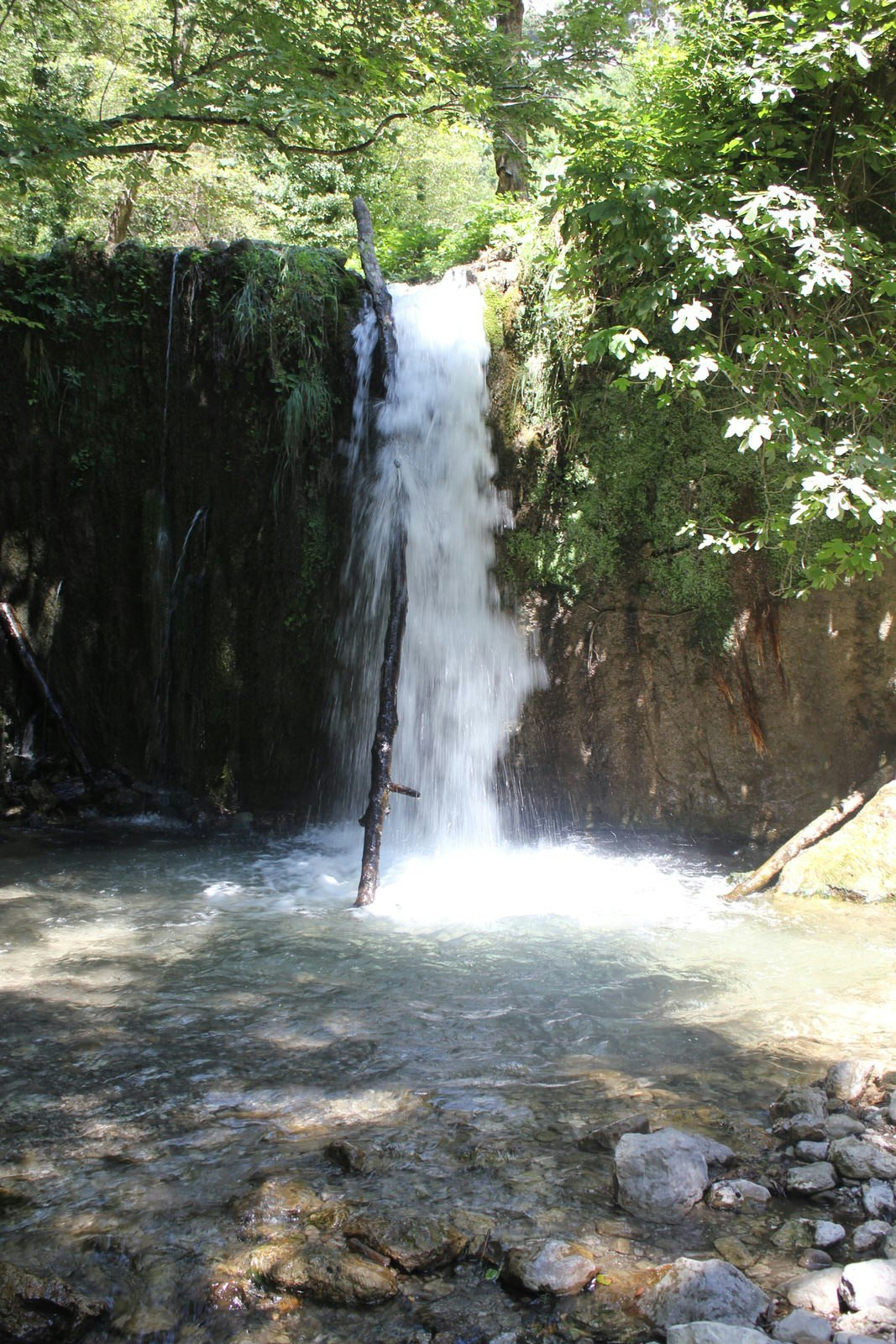
Of the two main walks in the valley, the most challenging is the so-called sentiero alto (high path), which ascends steeply from Amalfi town up to the hilltop village of Pogerola before entering a flatter forested domain. Here you infiltrate the Valle delle Ferriere, a protected reserve replete with emerald green ferns and an exhilarating assortment of waterfalls. Stuffing plenty of variety into its 11km, the trail sets out on the wooded west side of the valley, swings round at the largest of the waterfalls, and returns on the craggy, more exposed east side of the valley. The final section leads down through lemon groves and terraced garden plots to the villages of Minuta and Pontone, from where you can drop back into the historic medieval streets of Amalfi.
Get high at Santa Maria del Castello
This steep circuit around the limestone Monti Lattari behind Positano goes very high, very quickly and enjoys a welcome dash of shade in its early stages, courtesy of a sunlight-filtering oak forest.
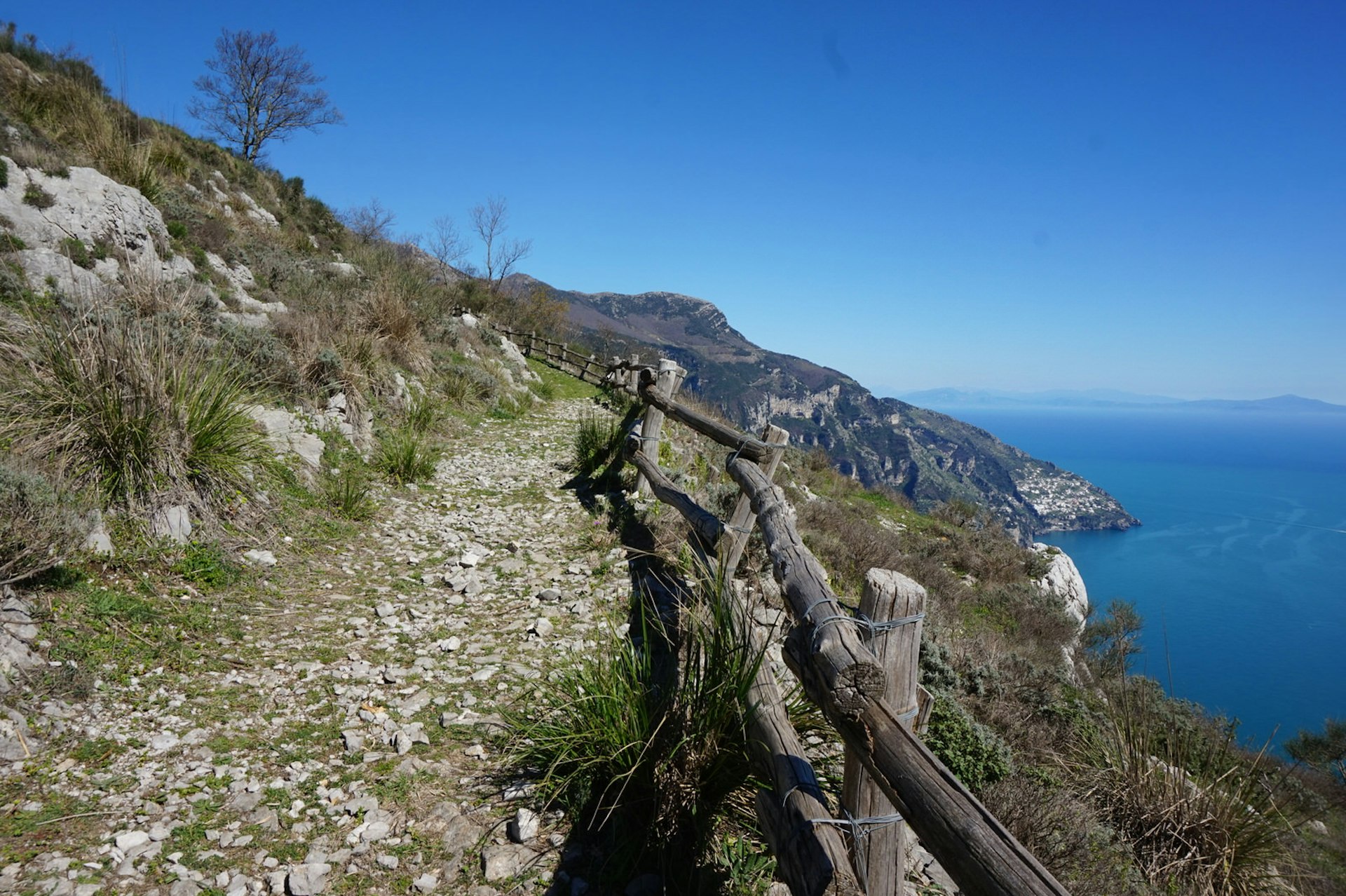
The walk starts in upper Positano and ascends through gnarled forest before breaking into dry Mediterranean scrub higher up. From this lofty vantage point, you can look down almost vertically onto the huddled houses of Positano and its majolica-tiled church.
The coastal views open out as the path traverses the hills above Positano, with the hulk of Monte Sant’Angelo glowering in the background. The hike’s high point is the tiny village of Santa Maria del Castello, an ancient mountain crossing point, where you’ll find a bar to quench your thirst and a quaint church to frame the mountain vistas. From the village, the path descends steeply through open rocky terrain via a series of well-constructed staircases to Positano, which beckons from below like a deluxe treat.
Hug the coast on the Tre Marine path
For a walk that doesn’t tear you too far from the coast, but also dips into some of the Amalfi’s most secluded beaches for extended breathers, proceed to Marina di Praia for the start of the aptly named Tre Marine (three marinas).
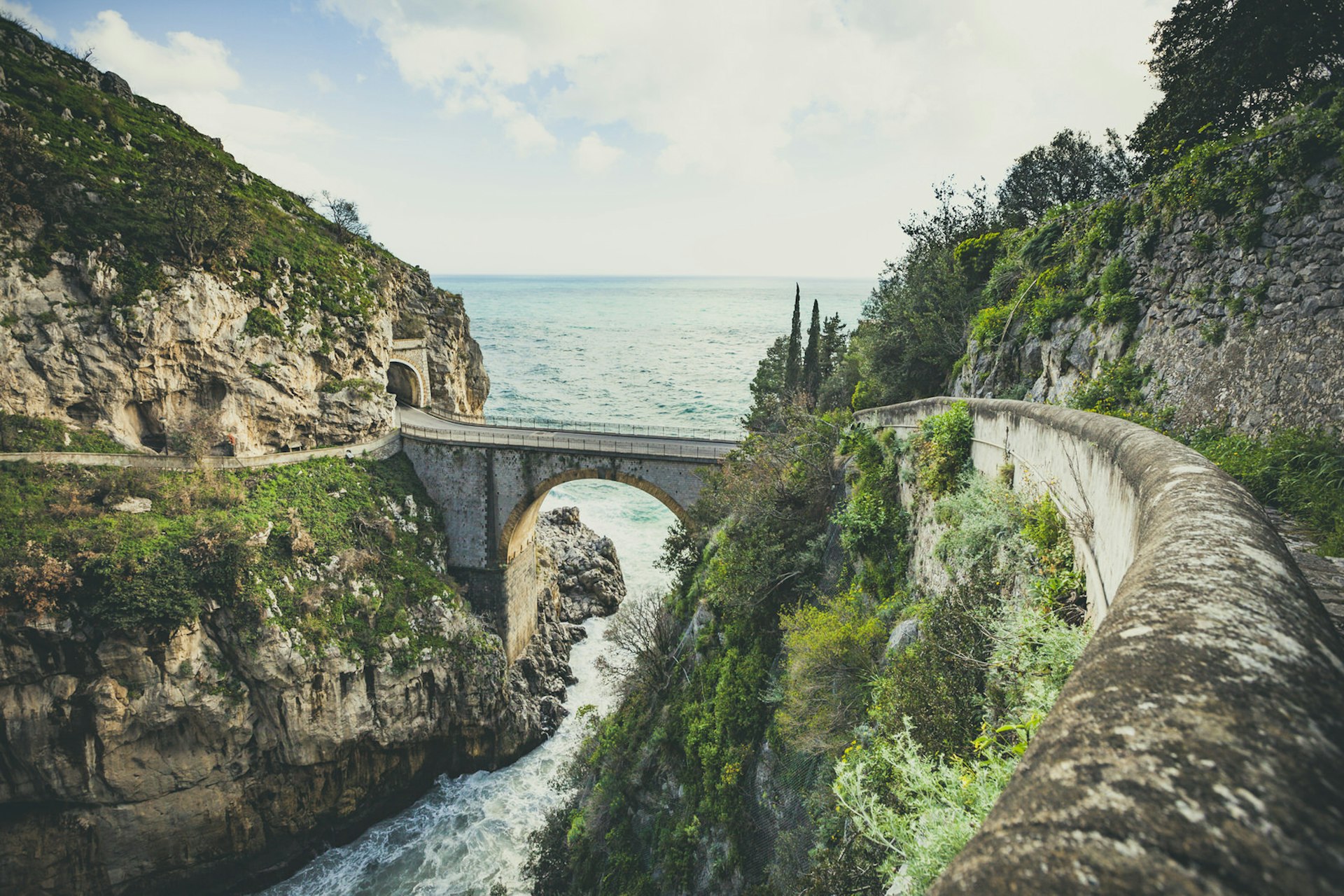
If you can drag yourself away from the sheltered scoop of cottages and restaurants that comprises Marina di Praia beach, a path leads up into a dry, scrubby valley behind. This is the start of a serpentine but sometimes indistinct trail that seems to change its name and characteristics every kilometer. The rough Sentiero dell’Agave in Fiori (path of flowering agave) metamorphoses into the paved Sentiero del Amore (lover’s path) before emerging beside a winsome church in Furore.
From here, the Sentiero delle Volpe Pescatrice (path of the foxy fisher) descends to an arched bridge which carries the main coast road over the Fiordo di Furore, a narrow inlet furnished with a tiny 30m-wide beach that’s perfect for swimming. To reach the third marina, take the intriguingly named Sentiero delle Pipistrelli Impazatti (path of the crazy bats) along the side of the precipitous fiord to the finish point in Conca dei Marini, the most exclusive of the three beaches, famed for its emerald sea-cave and sweet sfogliatelle (thin-leaf pastries).
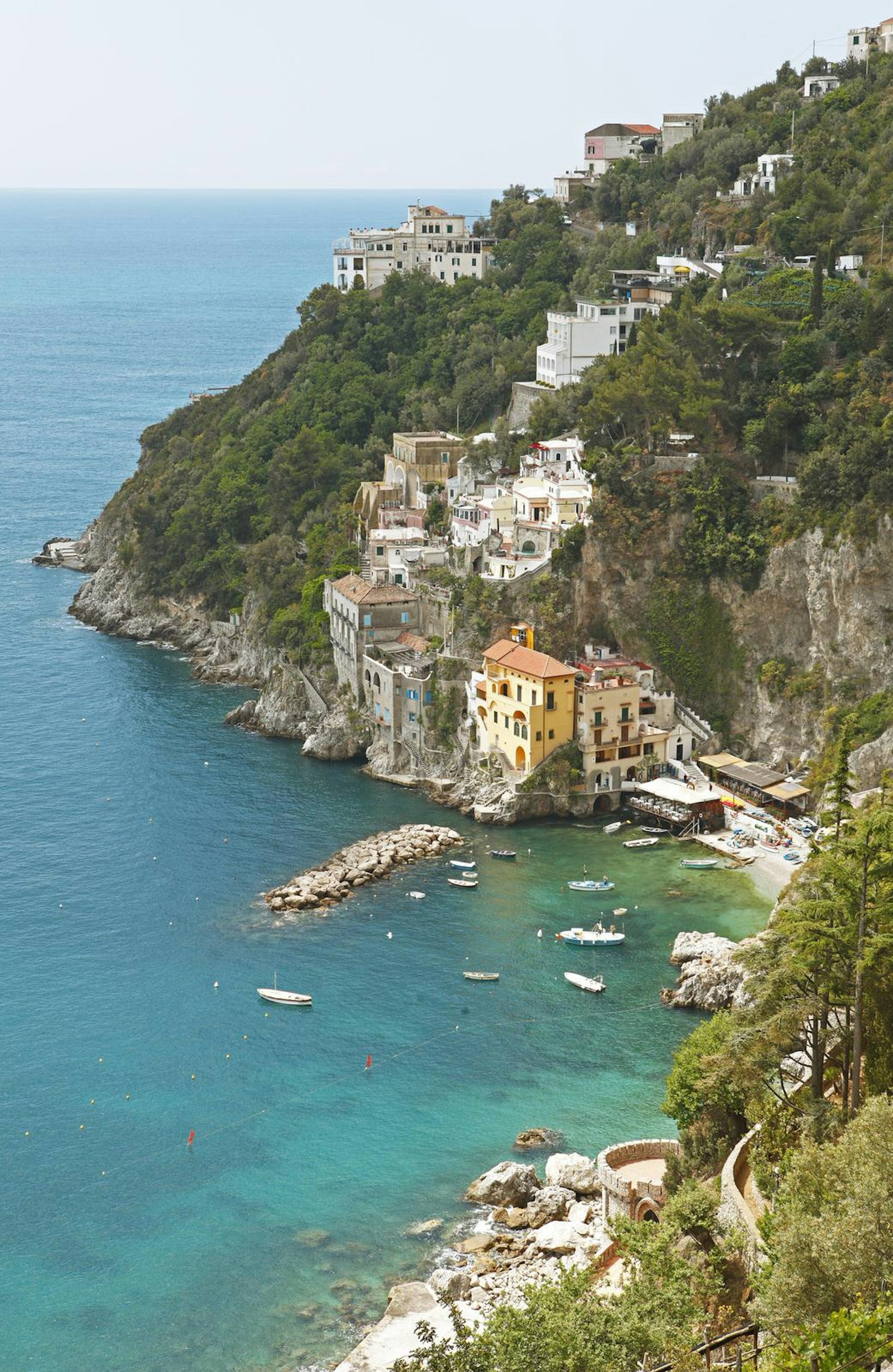
Explore the fragrant Valle del Sambuco
One of the Amalfi’s lesser-known circuits, the quiet Sambuco Valley hike north of the village of Minori, circumnavigates lemon groves, the ruins of old paper mills and a 13th-century convent perched strategically atop the coastline amidst pine and oak trees.
The walk starts in Maiori, Minori’s larger twin, on the fragrant Sentiero dei Limoni before cutting sharply uphill (via more leg-weakening Amalfi steps) in the hamlet of Torre. Oak and pine trees offer shade as the path ascends steadily to the Convento di San Nicolà, located 500m above sea-level and accessed via a short spur-trail. The main path then diverts left at a rocky mountain crossing and heads down to the small agricultural hamlet of Sambuco with its well-tilled vegetable plots. After crossing the Regina Minor river, the path descends on the opposite side of the valley past several disused paper mills into Minori, where you can wander around an old Roman villa or relax like an emperor on the seafront.

